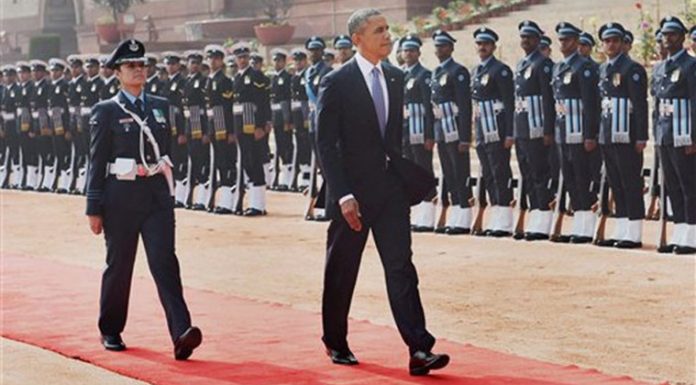To form a relationship is easier said than done. Falling in love is easy, it takes, as the poets will tell you, a mere glance. But taking that to the next level, that of forming a relationship, can be quite another matter. It requires exploring each other’s comfort zones, likes and dislikes and bridging what might be significant cultural differences.
As for building a lasting relationship; that has become so rare nowadays that most of us marvel at marriages that last. We should marvel even more at marriages that last and are also happy.
What is it that makes a relationship last, then? Is it love? The romantic, passionate love that movies do such a good job of portraying (often so unrealistically)? Is it lust, intense physical desire driven by instinct and satisfied only by fulfilment? Or is it something more prosaic, like compatibility, the ability and endeavour of two disparate souls to find common ground and enjoy each other’s company?
There aren’t likely to be simple, clear-cut answers. After all, relationships are rather more complex and uncertain equations than the ones we study in algebra or chemistry.
Let us think of a relationship, then as an edifice. A monument, or even a building. Just as it takes multiple elements to build a monument that can stand the test of time, it takes multiple elements to construct a lasting relationship.
Desire is like the foundation of the relationship, the attraction without which the rest of it cannot be built. Like the foundation of a building, it rests deep within the human body, and once a relationship is established, it may not even be visible, but it is always there, supporting the couple through good times and bad.
Love is the design of the monument, the happiness we give each other, the dreams and hopes on which the relationship is built. Love is what brings beauty to the world, and the artistry to the monument. Without it, a relationship can exist, but there is nothing worth keeping in it, no happiness. Romantic love, scientists tell us, rarely lasts longer than 18 months, but that does not mean that couples who have been together for decades have stopped loving each other. Indeed, studies show that even couples married for thirty years, still have the same feelings and excite the same brain-impulses as those who have just fallen in love. The difference is only in the part of the brain that these impulses impact – in younger couples, it is anxiety, in older one’s, calmness. So love is the design that brings a unity to the disparate elements of the edifice, making it not just beautiful but making it ‘settled’, giving it an identity and a sense of fulfilment.
Compatibility is the bricks-and-mortar of the edifice – the solid, comfortable, necessary element of it. The quality of the materials used for this part of a building are what makes it possible to last a long time, and similarly, it is compatibility that sustains a relationship. To know and understand each other, accept the faults and celebrate the virtues, to be honest with criticism and praise, encourage each other and strive to make each other happy – in the little things does compatibility rest, and it is these little things that make the relationship stand the test of time.
And so, in conclusion, I would like to think that a long-lasting relationship is not built on a single element, but rather on the interaction of many, which, judiciously mixed, lead to not just a happy relationship, but happiness in life, which is a goal well worth striving for.































